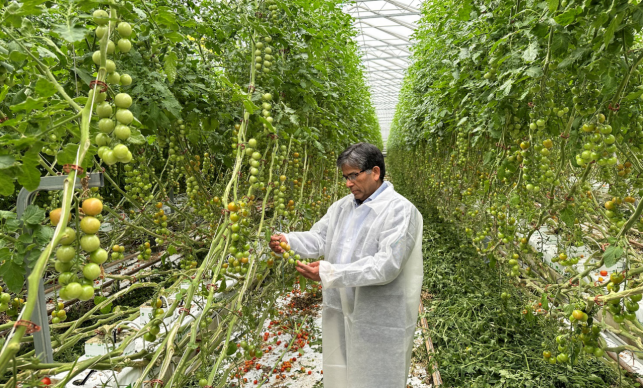Bionema Group Ltd, a leading UK-based biocontrol technology developer and manufacturer of biocontrol, biostimulants and biofertilisers, has announced the launch of a new range of biofertiliser products in the UK for use in agriculture, horticulture, forestry, sport turf and amenities.
Bionema Group Ltd is launching four biofertilisers comprising living microbes that enhance plant nutrition by mobilising or increasing nutrient availability in soils and substrates. The BioNFix™ range and Rhizosafe™ include Paenibacillus azotofixans BNL1913, Azospirillum lipoferum BNL714, Bradyrhizobium japonicum BNL1061, and Rhizophagus irregularis BNL2414 encapsulated in a novel Incapsulex™ technology platform. This technology effectively encapsulates naturally derived microorganisms and delivers them on target, safely and effectively.
These biofertilisers restore the soil’s natural nutrient cycle and build soil organic matter, enhancing plant growth while avoiding the use of synthetic fertilisers that can pollute the world’s waters and its atmosphere. Field trials conducted by Bionema in different parts of world demonstrated significantly enhanced growth in agricultural crops grown with biofertilisers, and positive changes in soil organic matter content and pH, soil type and agroecological condition. These effects resulted in yield improvements as well a 40–50% reduction in synthetic fertiliser use.
As the benefits of these products have become more recognised, and consumer preference for organic foods has intensified, there has been growing interest in biofertilisers. The biofertilisers market was valued at $2.6 billion in 2021 and projected to reach $4.5 billion by 2026 at 11.9% CGAR (Markets and Markets, 2022). In particular, the mycorrhizae-based biofertilisers market is projected to reach $1.087 billion by 2027, and the use of mycorrhizal biofertilizers (especially arbuscular mycorrhizae species for agriculture crops) is expanding thanks to their numerous benefits: (i) increased nutrient intake and water; (ii) reduced soil erosion; (iii) reduced need for phosphorus application; (iv) better tolerance to biotic and abiotic stresses.

